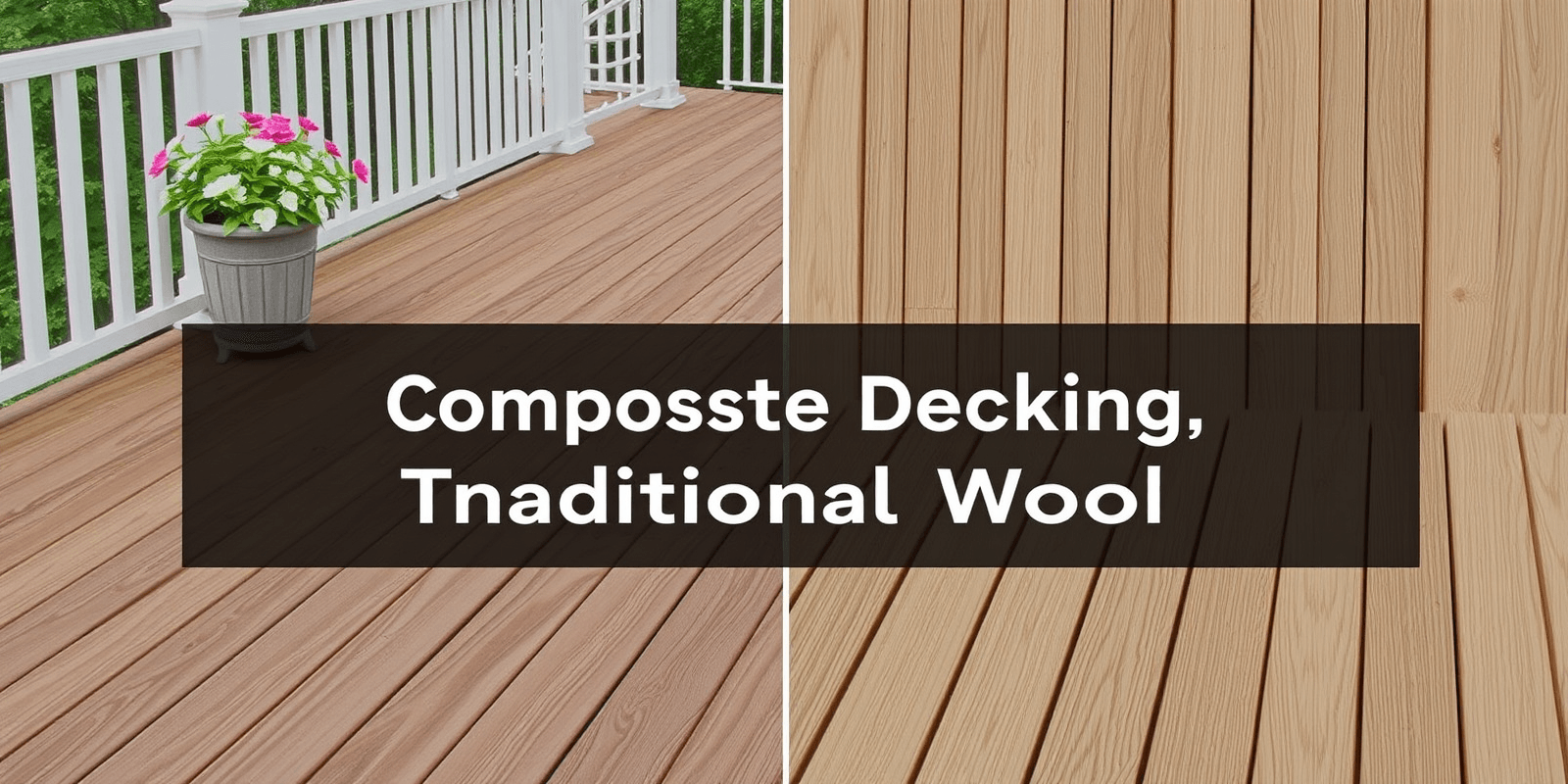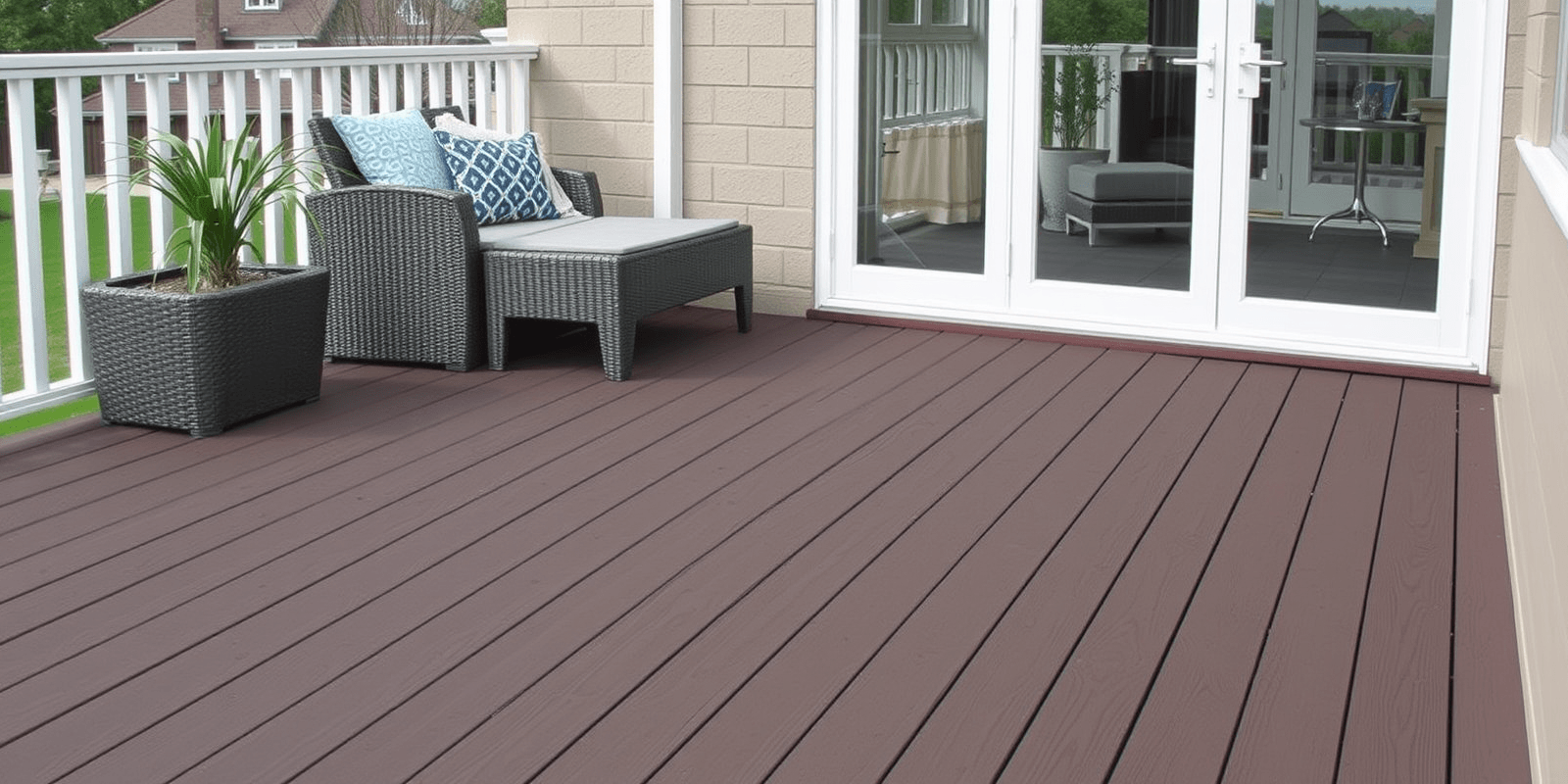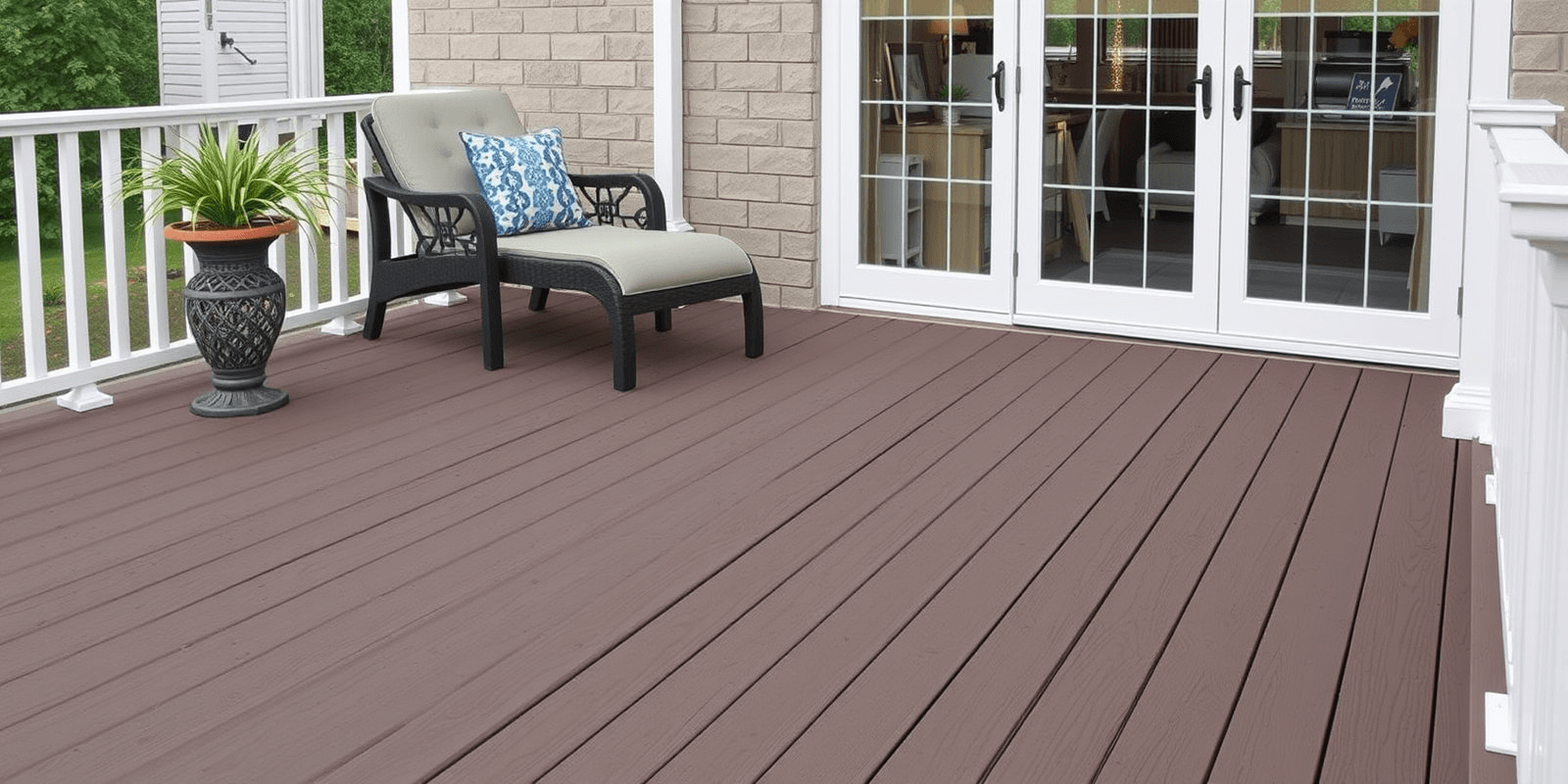Composite Decking vs Traditional Wood: A Comprehensive Comparison
The Initial Investment: Composite Decking vs Traditional Wood Decking
When it comes to building a deck, one of the first decisions you’ll face is whether to choose composite decking or traditional wood decking. At first glance, the initial cost of composite decking may seem higher than that of traditional wood. According to a study by the Remodeling Magazine Cost vs. Value Report, the average cost for a 12-by-16-foot wood deck in the U.S. is around $12,000, while the same-sized composite deck can cost approximately $16,000. However, this initial cost difference should be weighed against other factors such as maintenance costs and longevity.
Maintenance Costs: The Ongoing Financial Impact
One of the significant advantages of composite decking is its low maintenance requirements. Unlike traditional wood, which requires regular painting, staining, and sealing to maintain its appearance and prevent rot, composite materials are designed to resist moisture, insects, and fading. This means that over time, the maintenance costs for composite decking are significantly lower. A report from the University of Minnesota states that the annual maintenance cost for a wood deck can range from $250 to $750, depending on the size and condition of the deck. In contrast, composite decks require minimal upkeep, with annual maintenance costs typically ranging from $50 to $150.
Lifespan: Long-Term Savings and Value Retention
Another crucial factor to consider is the lifespan of both types of decking. Traditional wood decks have an average lifespan of about 10 to 15 years before they start showing signs of wear and tear. Composite decking, on the other hand, has a much longer lifespan, often lasting 25 to 30 years or more with proper care. This extended lifespan translates into significant long-term savings, as you won’t need to replace your deck as frequently. Additionally, composite decking retains its value better over time, making it a more cost-effective choice when considering resale value.
Environmental Impact: Sustainability and Eco-Friendliness
Beyond the financial considerations, it’s also worth noting the environmental impact of each option. Composite decking is made from recycled materials like plastic bottles and reclaimed wood fibers, reducing waste and minimizing the demand for new timber. While traditional wood can be sourced sustainably, the process of harvesting and processing natural wood often has a larger carbon footprint compared to the production of composite materials. Therefore, choosing composite decking can contribute to a more sustainable future, aligning with eco-conscious values and practices.
Conclusion: The Cost-Effectiveness of Composite Decking
In conclusion, while the initial cost of composite decking may be higher than that of traditional wood, the long-term benefits in terms of reduced maintenance costs and extended lifespan make it a more cost-effective choice. When factoring in the environmental impact and potential increase in property value, composite decking emerges as a superior option for those looking to invest in a durable, low-maintenance, and eco-friendly outdoor living space.
Reference
University of Minnesota Extension: Maintenance Costs of Wood Decks



